Nightingale Appeals
We have run several appeals to support our research into one of our most iconic and threatened songsters, the Nightingale. Find out more about how we have used these funds below.
Please note that these appeals are now closed to donations. If you’d like to support our work, you can donate to a current appeal >
Why we launched our Nightingale appeals
Many people have heard of Nightingales, but how many have actually heard one in recent years?
Sadly, this iconic songbird has declined drastically in the UK, surviving only at several key breeding sites in southern and eastern England. The breeding population has almost halved since 1995, as has its distribution, leading to its inclusion on the Birds of Conservation Concern Red List.
Our Nightingale Appeals have supported an ongoing suite of research projects to help us better understand the drivers of these losses, and how we can tackle them – before we lose the Nightingale for good.
Summary
- Our Nightingale Habitat Study Appeal (2007) helped fund a project which used radiotracking devices to collect data about Nightingale behaviour, habitat requirements and responses to changing habitat quality.
- Our Nightingale Tracking Appeal (2009) helped fund geolocator tracking of Nightingales during their migration and their non-breeding season in Africa. The project was run jointly with the Swiss Ornithological Institute.
- Our Nightingale Survey Appeal (2011) supported continued work on our Nightingale tracking projects, including the fieldwork needed to retrieve the geolocator tags and time for data analysis.
- Our Nightingale Tracking Survey Appeal (2012–13) helped support a dedicated Nightingale survey, 13 years on from the previous species-specific monitoring.
- Our Cuckoo and Nightingale Appeal (2017) supported a special suite of data analysis which showed exactly how the UK Nightingale range has changed, where local extinctions have occurred, and how sex ratios and consequent breeding success vary across the UK.
Our Nightingale research
Investigating Nightingale distribution and habitat use
Our Nightingale Habitat Study Appeal (2007) helped fund a project which used radiotracking devices to collect data about Nightingale behaviour, habitat requirements and responses to changing habitat quality.
This work aimed to gather more information about the drivers of the steep and ongoing decline in Nightingale numbers which began in the mid 1970s. The data would also give us insight into the range contraction and fragmentation experienced by the UK Nightingale population, which has been more evident on the periphery of the breeding range in the west and north of England.
We know that scrub and young woodland are important habitats for Nightingale, but our radiotracking research helped us gain a more detailed understanding of the species’ requirements.
Cross-continental Nightingale tracking
Our Nightingale Tracking Appeal (2009) helped fund geolocator tracking of Nightingales during their migration and their non-breeding season in Africa. The project was run jointly with the Swiss Ornithological Institute.
- You can read more about the challenges of using geolocators in our article, Tracking Nightingales to Africa >
Tracking the Nightingales revealed one bird’s route to western Africa. After departing Norfolk on 25 July, the Nightingale passed west of the Pyrenees and of Madrid towards the end of August, arriving near Lisbon at the beginning of September. By 20 September, the Nightingale had reached the coast of West Africa, and continued on to the Senegal and Gambia Rivers before arriving in south-west Guinea in mid December.
Our Nightingale Survey Appeal (2011) supported continued work on our Nightingale tracking projects, including the fieldwork needed to retrieve the geolocator tags and time for data analysis.
Nightingale Survey
Our Nightingale Tracking Survey Appeal (2012–13) helped support a dedicated Nightingale survey, 13 years on from previous species-specific monitoring.
- Read more about 2012 Nightingale Survey results >
We used data from this survey, as well as data from the previous Nightingale surveys in 1980 and 1999, to examine how the Nightingale distribution has changed in the UK. We also investigated the impact of environmental and climatic factors on the species’ changing distribution.
The evidence from this survey was of significant importance in influencing decisions about the future of the UK’s best site for Nightingales at Lodge Hill in Kent. Findings of this survey also contributed to our Conservation Advice Notes for Nightingales, funded by Anglian Water, an accessible guidance document for on-the-ground conservationists looking to improve habitat for this species.
Work on this project is ongoing, and we are currently preparing several scientific papers for publication.
Ongoing research
Our Cuckoo and Nightingale Appeal (2017) supported a special suite of data analysis which showed exactly how the UK Nightingale range has changed, where local extinctions have occurred, and how sex ratios and consequent breeding success vary across the UK.
This work is ongoing, but you can read more about the research in Seven steps for monitoring Nightingales, a BTO News article by Senior Research Ecologist Chris Hewson.
Scientific papers
Deer browsing impacts Nightingale territory establishment
Holt, C.A., Fuller, R.J. & Dolman, P.M. 2010 Experimental evidence that deer browsing reduces habitat suitability for breeding Common Nightingales Luscinia megarhynchos. Ibis 152(2): 335–346
Habitats of breeding Nightingales
Holt, C.A., Fraser, K.H., Bull, A.J., & Dolman, P.M. 2012 Habitat use by Nightingales in a scrub–woodland mosaic in central England. Bird Study 59(4): 416–425
Recommendations for population estimate study design
Hewson, C. M., Miller, M., Johnston, A., Conway, G. J., Saunders, R., Marchant, J. H. & Fuller, R. J. 2018 Estimating national population sizes: Methodological challenges and applications illustrated in the common nightingale, a declining songbird in the UK. Journal of Applied Ecology 55(4): 2008–2018
Thank you
Thank you to everyone who has supported our Nightingale research through one of our appeals. We would like to extend particular thanks to Anglian Water for their continuing support for this important project.
Work on the Nightingale Survey was started with the proceeds from the BTO Conference raffle of 2010, with prizes generously provided by BirdGuides, Birdwatch Magazine, Bird Watching Magazine, Duncan Baird Publishers, Gardenature, Gardman, NHBS Environment Bookstore, London & Liverpool University Press, Summersdale Publishers Ltd, Swarovski and Vine House Farms.
Valuable funds were also donated through Nightingale song CD sales with help from Ernest Charles, NHBS and Wildsounds.
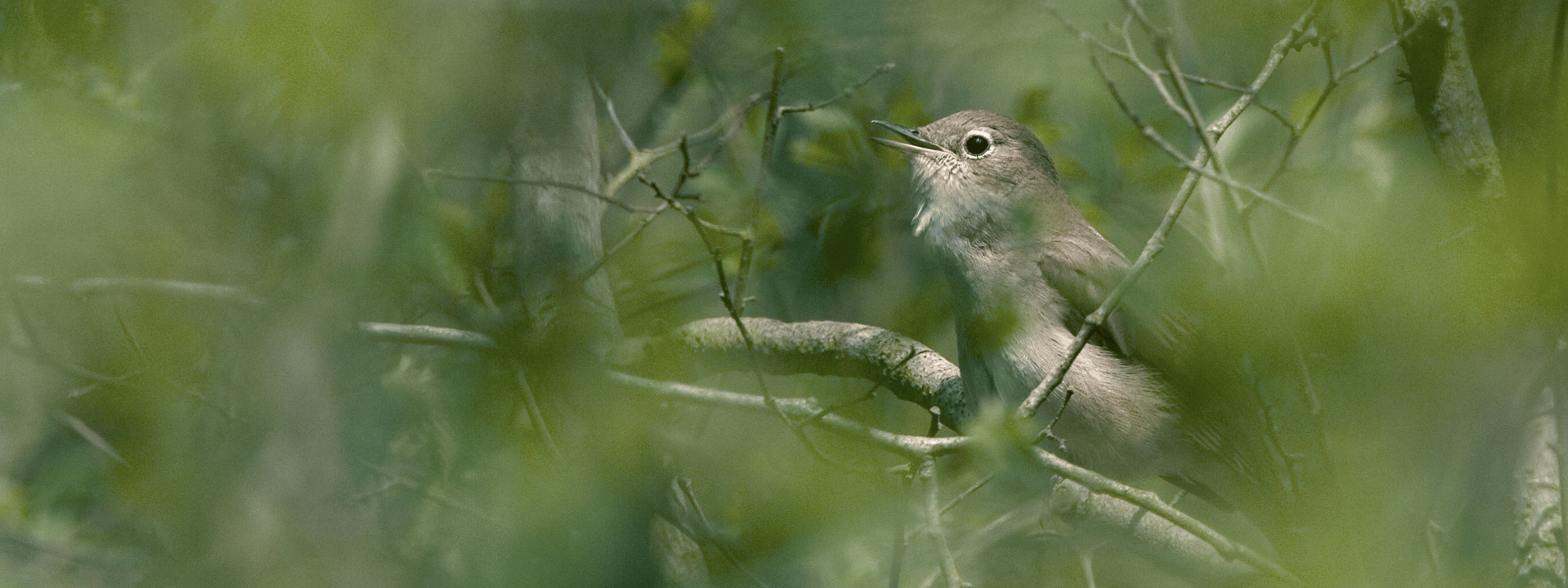
Support more work like this
Our Nightingale appeals are now closed, but you can still support us. Donating to one of our current appeals will help fund our vital work to secure a better future for birds, for nature and for people.

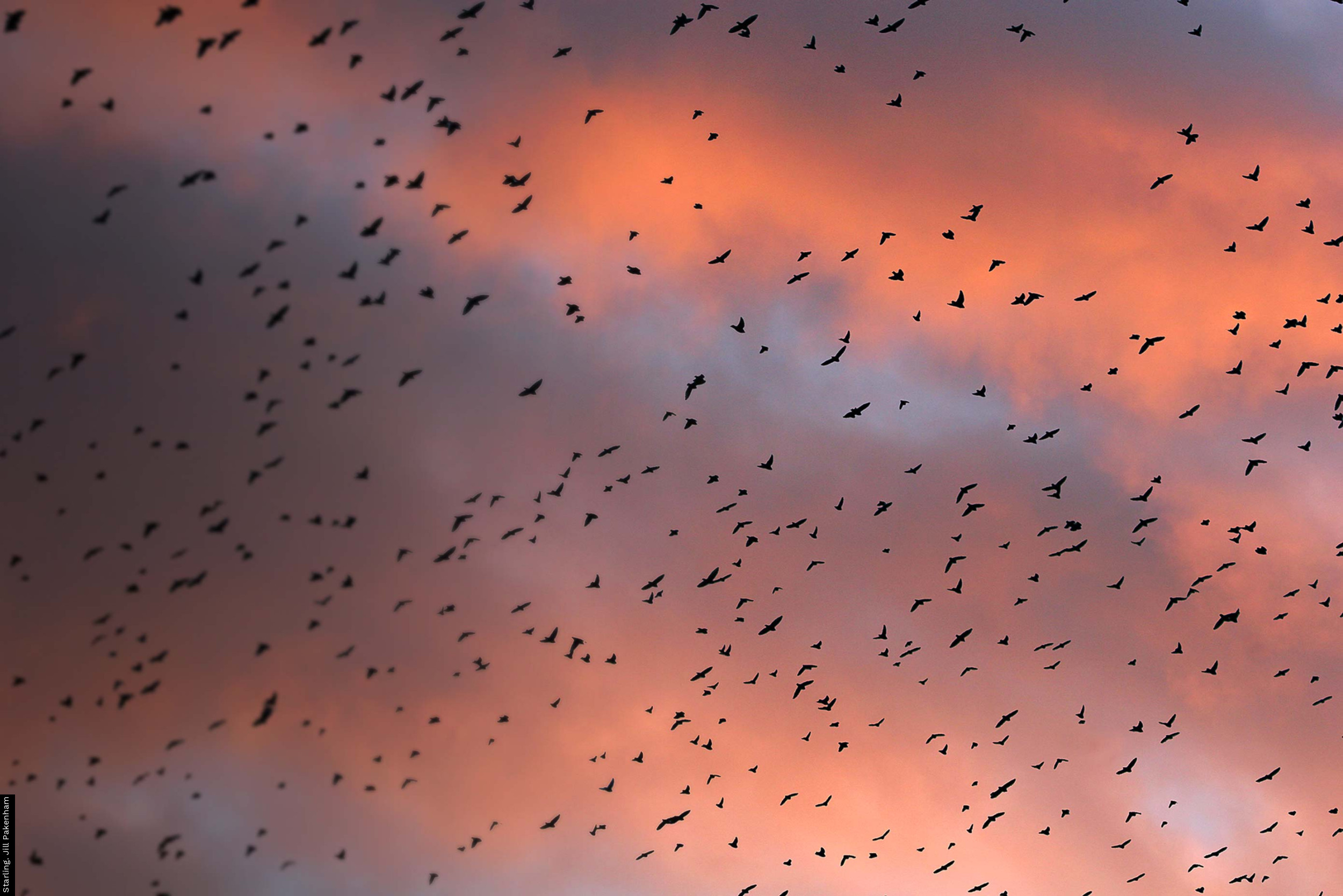
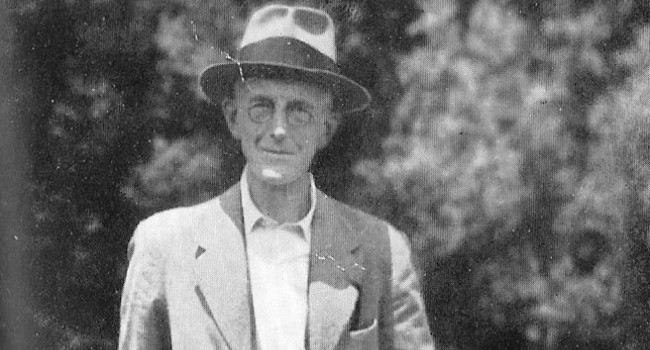
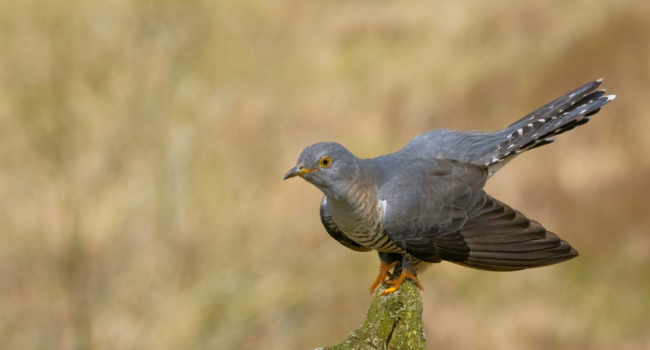
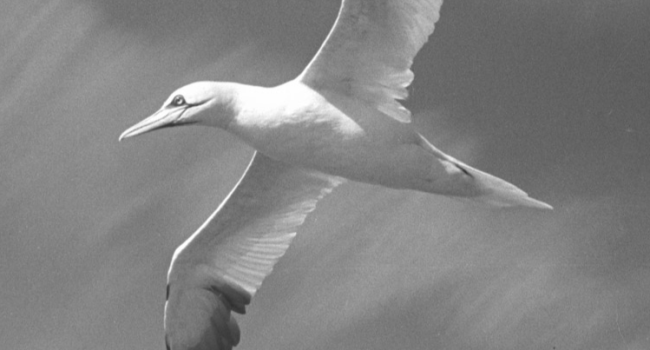

Share this page